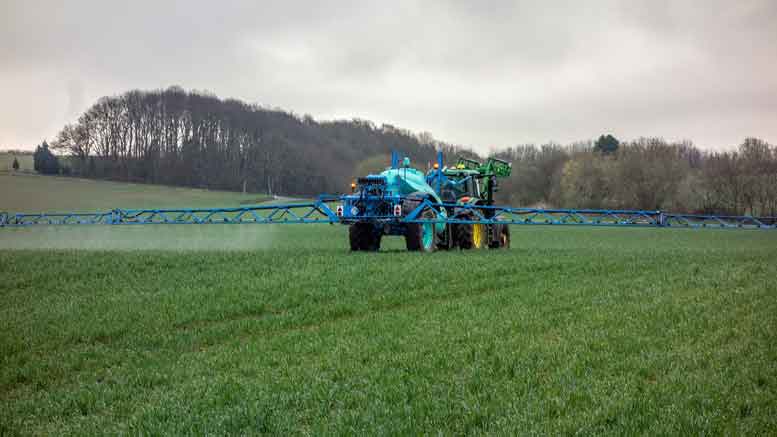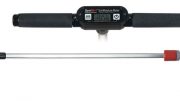|
Click to listen to this article
|
By Josh Smart
While the global fertilizer shortage has relatively subsided, the market is now challenged with instability and uncertainty. Consequently, onion growers should not be misled by recently falling fertilizer prices, as that is only part of the story.
The original shortage was created by the Russian war on Ukraine. As the world’s largest producer of fertilizer, sanctions initially limited Russia’s ability to export products.
Now the supply chain is flowing more smoothly, but supply is still unpredictable. In addition, fertilizer producers’ de-carbonization efforts are also impacting production levels.
Urea capacity is forecasted to increase 2 percent in 2023 and phosphoric acid production by 7 percent, while potash production is expected to decline by 14 percent.
Taken together, the longer farmers wait to purchase fertilizer for the upcoming season, the more likely suppliers will run out. Here are four key strategies to help mitigate risk for your onion crops in this volatile market, as well as how to best maintain your crop yields.
Rotate your crops.
Crop rotation is a well-proven strategy for preserving healthy soil; it’s important to rotate your onion crops to other land parcels. Different varieties pull varying levels of moisture from the ground and have different root sizes, which impacts the soil over time. Further, varying produce types will affect the pH of the soil differently; healthy soil shouldn’t be too acidic or too alkaline. By rotating varieties, these factors even out, thereby improving soil health, reducing fungus attraction and increasing production.
Monitor contract pricing.
Just like managing a 401(k), it’s important to take an informed, long-term approach to contract pricing. Onion contracts should be carefully evaluated and then re-evaluated as time goes on. Farmers should keep their options open, for example, looking into options such as specialty crops.
Manage input costs broadly, beyond fertilizer.
Skilled crop management can reduce backfill soil costs. By considering variables such as high temperatures and drought, farmers can apply crop rotation strategies to keep soil nutrients high and fertilizer costs low.
Manage in-field threats.
Unstable fertilizer costs aren’t the only issue challenging onion growers. Timing when to spray for weeds with chemical herbicide treatments is a continuous discussion if flaming isn’t being used. Destroying the seedbed of the weed before the onion seed has germinated is ideal. In addition, managing insecticide and disease control plans, as well as implementing those plans, on a regular basis also keeps growers increasingly busy.
Fluctuating prices and supply chain issues are not anticipated to resolve any time soon. Consequently, running a successful onion growing business requires planning, growing strategies and actively evaluating different financial and land cultivation strategies and options.
About the author: Josh Smart is the North American practice leader and chief sales officer for agribusiness, food and cannabis with HUB International and is responsible for leading the strategic initiatives around growing and supporting the agribusiness segment.





